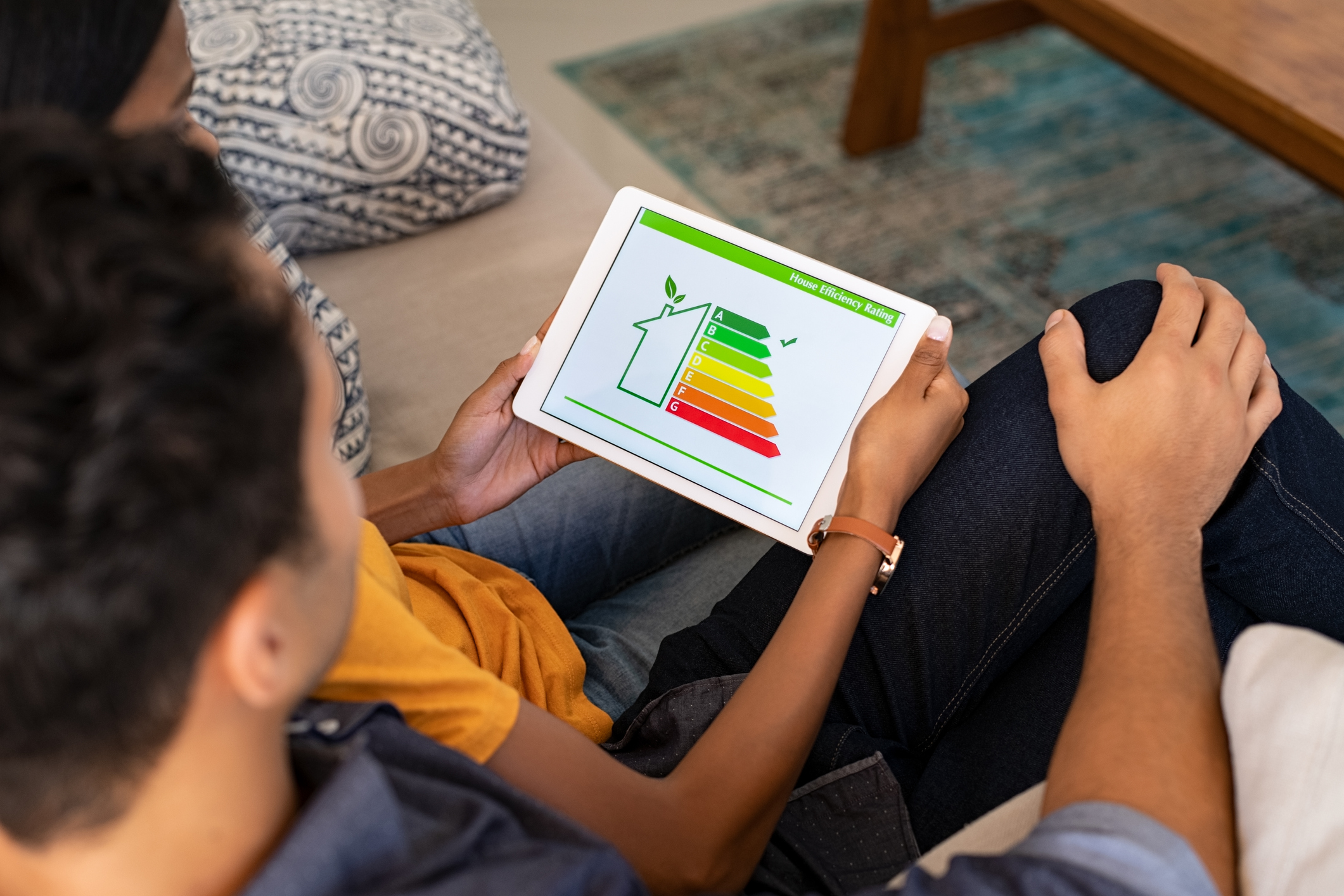You can use our online assessment tool, Go Renewable, to find out what renewable technologies are suitable for your home.
Once you know what technologies you need, we recommend you choose a certified installer and system that are accredited through the Microgeneration Certification Scheme (MCS).
MCS is a quality assurance scheme supported by the UK Government, which certifies products and installers. To find an accredited installer in your local area, use the search function on the MCS website.
In Scotland, you can search for information and customer reviews on MCS installers in your area by visiting the Renewables Installer Finder.
You should try to find an installer who is also listed on the Competent Persons Register. Registered installers can self-certify that their work complies with building regulations and will give you a certificate of compliance when the work is complete, so you do not need to submit a building notice.
Check which approved consumer code the installer is registered with and what other protections and guarantees they can offer you.



